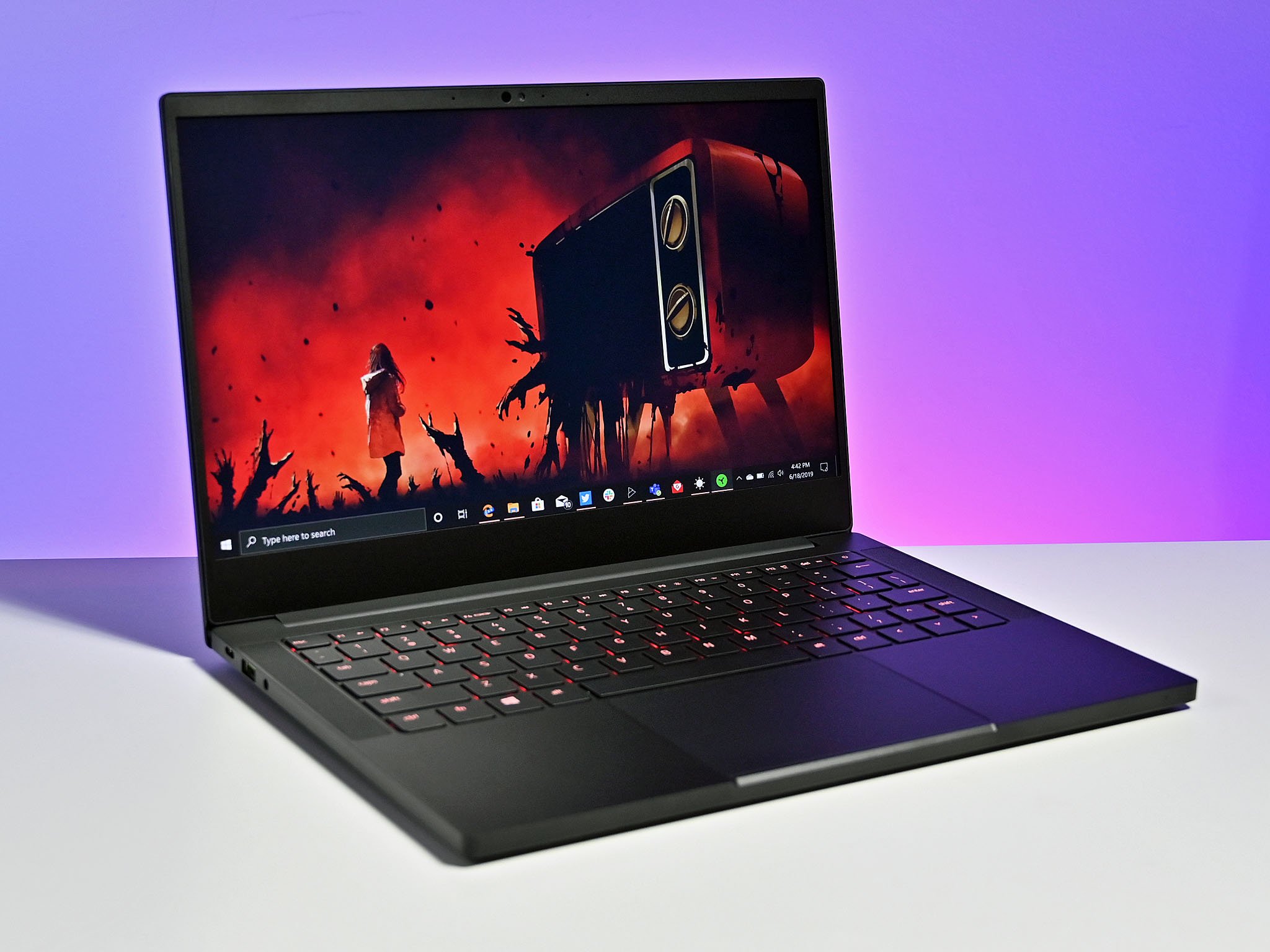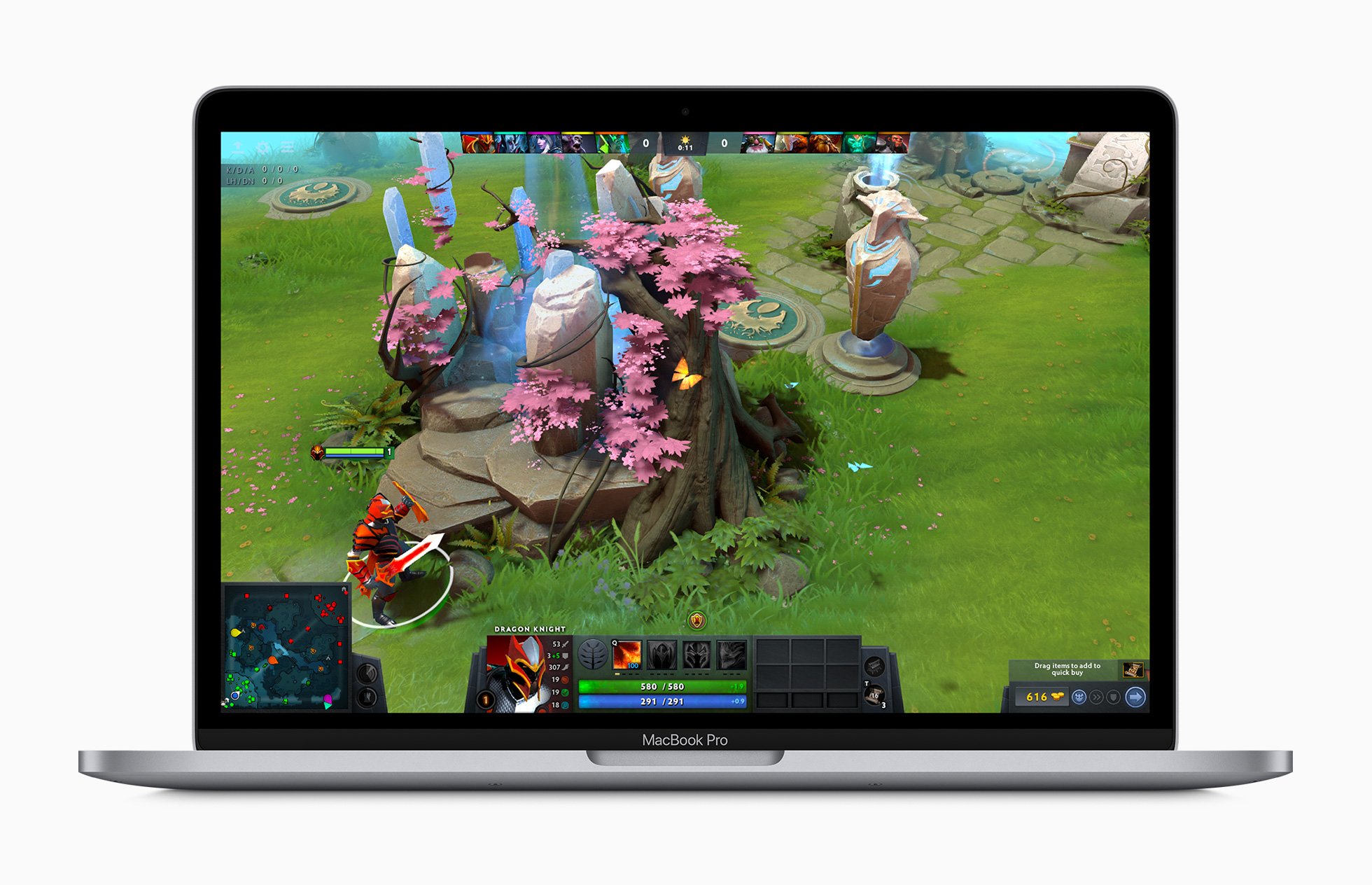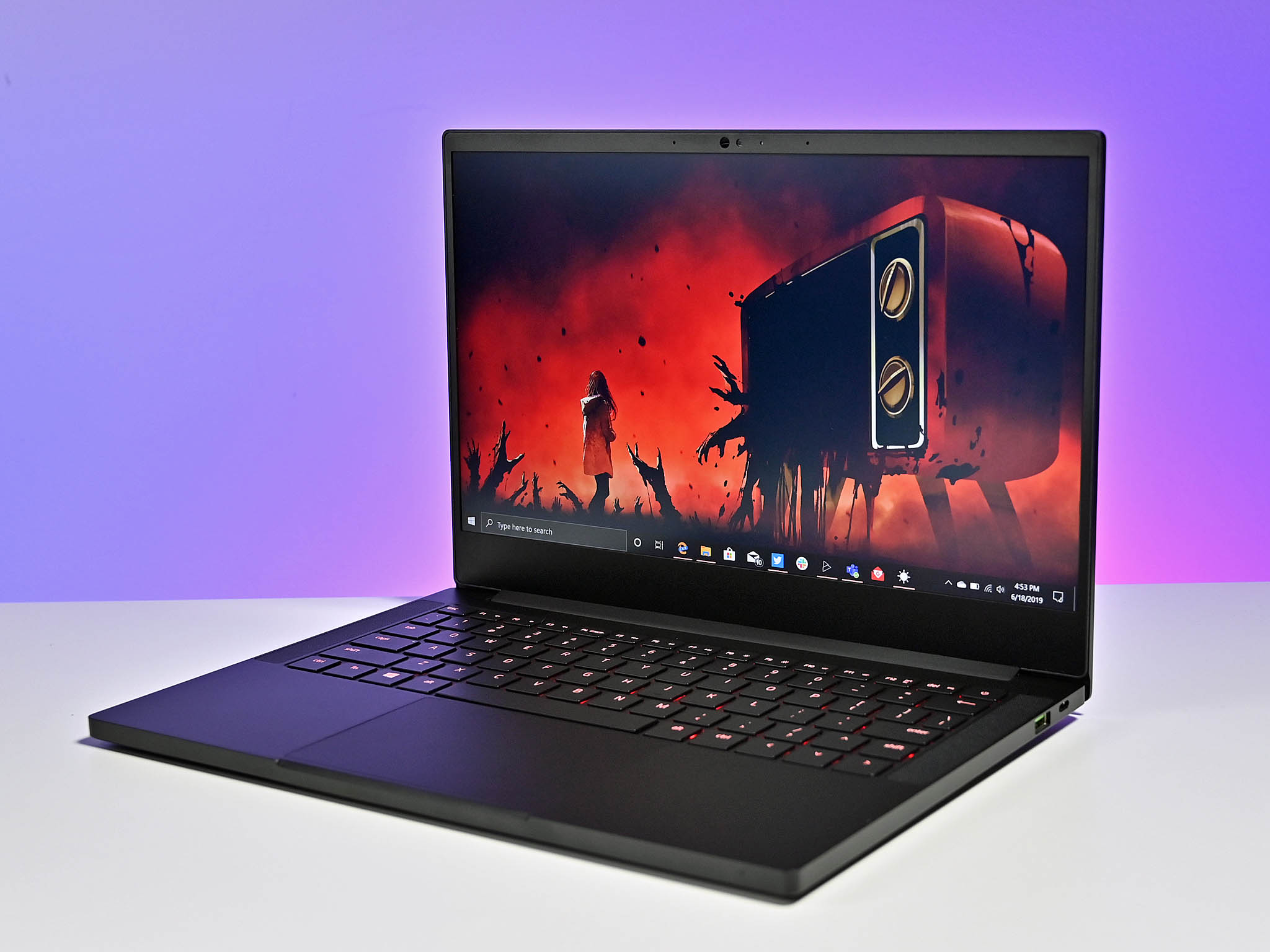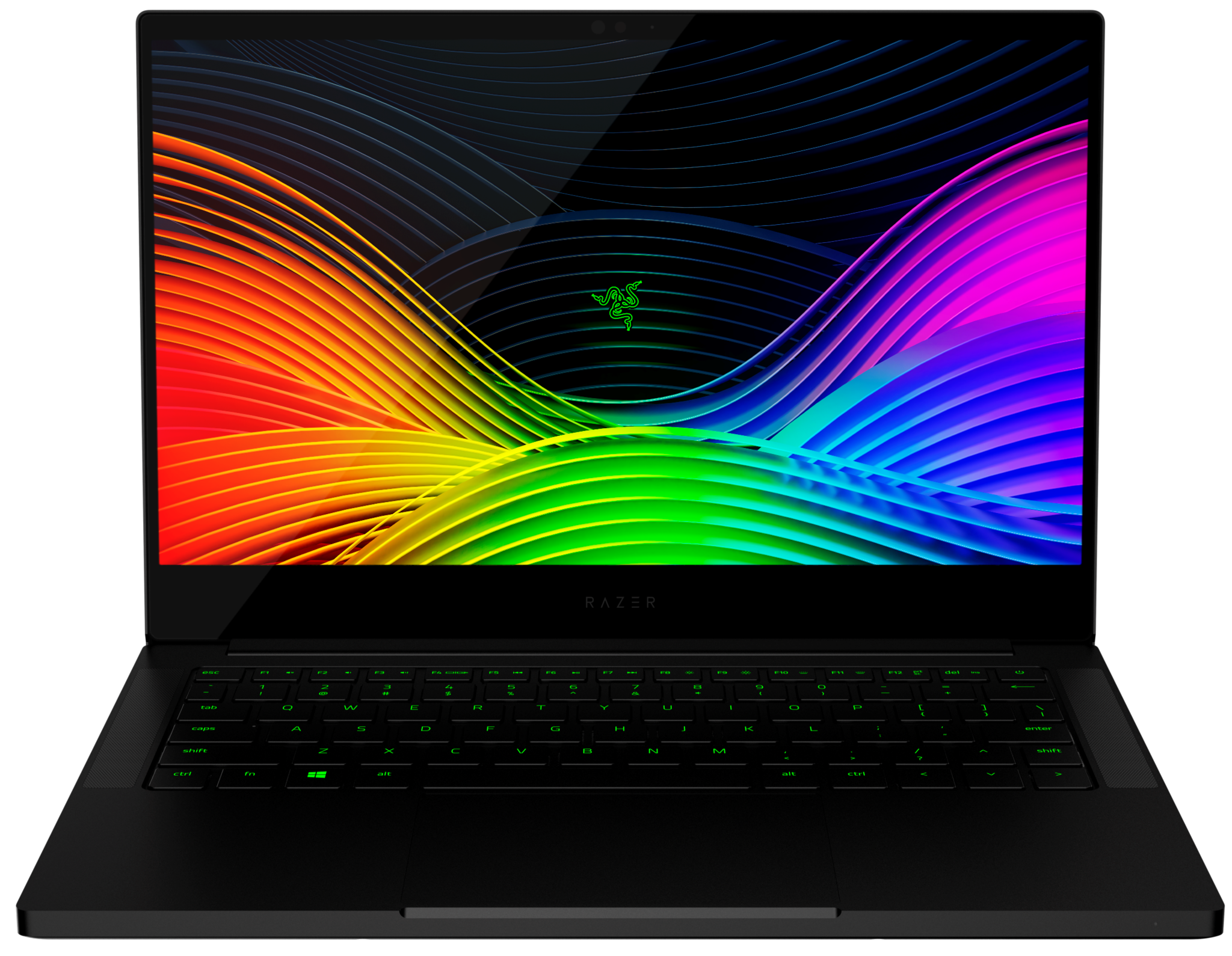Apple's new MacBook Pro isn't the 13-inch 'pro' laptop king — Razer Blade Stealth is
Apple's latest "Pro" laptop refresh is expensive and doesn't have dedicated graphics. Seems fine.


While the world is staying home in quarantine, the tech companies have at least been keeping us entertained with hardware launches, and today, once again, it's Apple's turn with a new 13-inch MacBook Pro. And while some corners of the internet will go wild, as you'd expect, those of us that follow the Windows scene can look again and wonder just why folks are eager to throw piles of cash at the Cupertino giant.
There was a time when Apple led the way in making desirable, high-end laptops, but those days are gone. In the world of the 13-inch laptop, there is a new king of the hill for professional class hardware, and it comes from Razer, not Apple.
What you get with the new MacBook Pro 13-inch

Make no mistake, the hardware on the MacBook Pro 13-inch is excellent. Much is unchanged, like the Retina Display with True Tone which will continue to look eyewatering good. Apple's sticking with the Touch Bar, too, even though it's pretty weak compared to something like ASUS' ScreenPad, and while there are no legacy ports, there are still four USB-C Thunderbolt 3 connections which are more than you'll find on most Windows machines.
The MacBook Pro is, well, underwhelming.
The new stuff sounds good, too. 10th Gen Intel processors with Iris Plus graphics, a better keyboard and a higher base storage capacity from its SSD. Apple's also using fast LPDDR4X RAM, and even though the design is pretty dated at this point, you at least know it's going to be well built.
There are some flies in the ointment, though, the first is that the 10th Gen models only start at $1,800, not the $1,200 entry point that you see in the store. Yes, Apple really did just launch two "new" versions of the MacBook Pro 13-inch with 8th Gen Intel processors. Sly dogs.
There's also no dedicated graphics, and to me, that's the biggest omission from a laptop which calls itself "Pro" in 2020. Apple and NVIDIA don't work together, OK, and maybe AMD's new RX 5500M just won't work in the MacBook Pro chassis. I'm not claiming to be smart enough to figure it out, but Apple really should be. Especially when you're having to fork out $2,000 just to get a Core i7.
After all ... Razer figured it out.
All the latest news, reviews, and guides for Windows and Xbox diehards.
The Razer Blade Stealth is the king
Enter stage left, the Razer Blade Stealth. Swooping in like a wrecking ball to rewrite the rulebook for a 13-inch Ultrabook. High resolution and high refresh rate displays? Check. Dedicated graphics? Check. 10th Gen processors? You bet.
Obviously, it's never black and white, and the rumors of Apple's switch to its own design, ARM-based CPUs continues to swirl, but those don't exist yet and what does exist is, frankly, underwhelming. Razer, by comparison to Apple, is a small company, but a company that is continually pushing innovation. Sounds familiar, doesn't it?
The Blade Stealth costs MacBook Pro money and has so much more to offer.
The latest refresh to the Blade Stealth is mind-blowing. There's no other way to describe it. Sure, it's targeted at gamers like the rest of the Blade lineup, but as we've come to see in recent times, the crossover between gaming machines and other fields like content creation are continually blurring.
The base model has a MacBook Pro-matching 16GB of 3733MHz LPDDR4X RAM and 512GB of storage. Razer pairs these, though, with a Core i7-1065G7, and in this case a full HD display but with a 120Hz refresh rate. Because gamers want fast refresh rates.
Where Razer really pulls ahead is that the Blade Stealth doesn't rely on Iris Plus graphics. It has a GTX 1650 Ti 4GB inside from NVIDIA. And let's not beat around the bush, it annihilates the Iris Plus G7 integrated GPU. And the price for all this? $1,800.
You see where I'm going. If you'd like a more content-creation friendly 4K touch display, it's another $200 on top. Pretty good, right?
Why buy Apple anymore?

We've written many comparisons with Apple's laptops because whether they run Windows or not, they're in direct competition to a number of the best and brightest from this side of the OS ocean. And we'll always try to be as fair as possible, but one question always comes back around.
Why should anyone buy a MacBook Pro?
Razer is the king of the small "Pro" laptop now.
Ultimately, we settle on the same answer. Apple's software and services are locked-in. While you can enjoy much of what Microsoft makes on a Mac, you can't reverse that. And for folks entrenched in apps like Final Cut Pro and Logic Pro, there's no comparable product on Windows. Apple's control of the hardware/software mix results in an incredible, optimized experience, and it's totally understandable that those who use them wouldn't be able to leave them behind.
But for everyone else, Apple isn't the king anymore. The Windows family continues to innovate, benefitting from advances made by Intel and AMD, NVIDIA, Microsoft, Dell, Lenovo, Razer, ASUS and so many more. The ecosystem is thriving, and aside from a small group, there really is no "must buy" reason to get a Mac anymore.
If you're looking for a 13-inch Pro laptop, give the Razer Blade Stealth a try.

Richard Devine is a Managing Editor at Windows Central with over a decade of experience. A former Project Manager and long-term tech addict, he joined Mobile Nations in 2011 and has been found on Android Central and iMore as well as Windows Central. Currently, you'll find him steering the site's coverage of all manner of PC hardware and reviews. Find him on Mastodon at mstdn.social/@richdevine

